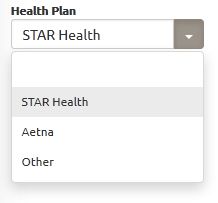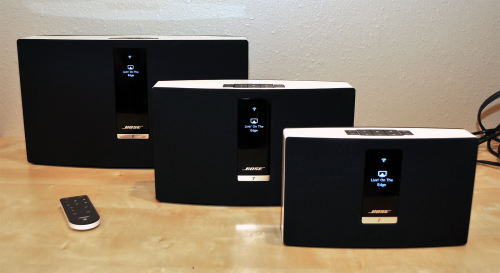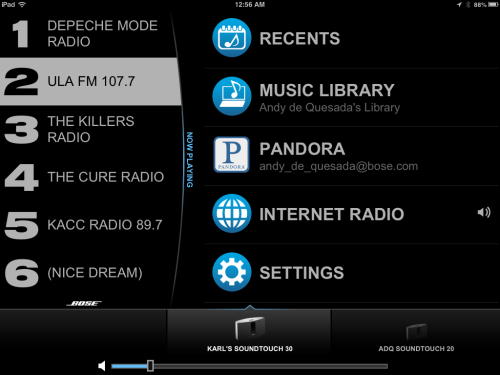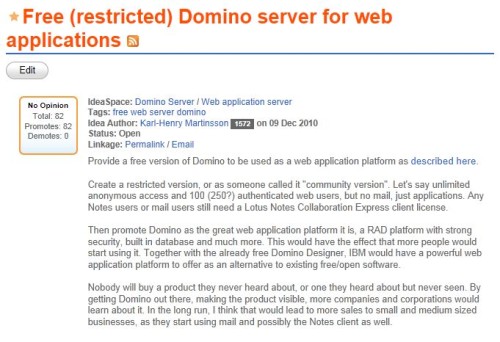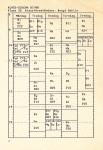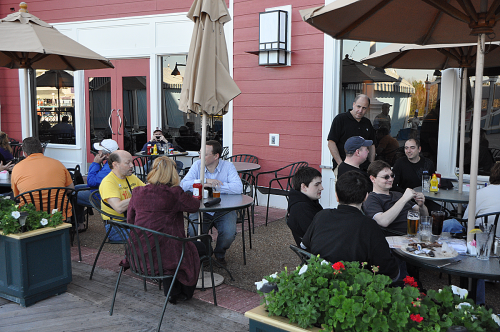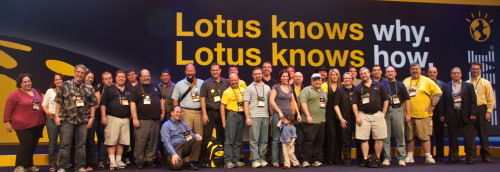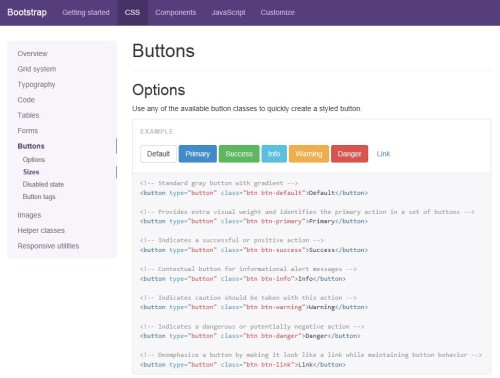For a Domino-based web application I am currently working on, I needed a nicer looking select box (drop down) than what Bootstrap offers out of the box. I did some searches and found a handful of free ones, most of them pretty good but not exactly what I wanted. Some did not handle different themes, other had additional functionality I did not want/need, etc. I probably been looking for a good alternative for 3 weeks by now.
Then the other day I found an inexpensive plugin at CodeCanyon. Custom Select for Twitter Bootstrap 3 is just $5 if you use it for a public site, or $25 if you use it on a site where you charge the users for access. It’s well worth it. The control is nice and clean, and very easy to use.
What really impressed me was how the author of the plugin, Lisa Stoz, fixed an issue I ran into. It was not a bug in the plugin, but I had a need to use custom tag attributes, and the plugin did not support that originally. The next day Lisa had a new version available with that functionality added. She also helped me with some additional questions that I had. I am very impressed with the quick response and the professional support.
I am new to CodeCanyon, but that site seems very nice. It contains a large number of jQuery and javascript plugins, Bootstrap themes and plugins, and much more. There is also a section with WordPress plugins, as well as a separate site for WordPress themes called ThemeForrest. That site also have other themes and templates. If you build websites, but like me is not a graphics genius, ThemeForrest is a great place to find themes or just inspiration for your site. The themes (as are the plugins) are very modestly priced, between $5 and $10 in most cases.
I have just started to scratch the surface of what’s available there, but I already think this is a great resource. The next time I need a plugin for Bootstrap, jQuery or WordPress, I will probably start at CodeCanyon.
Disclaimer: The links above uses an affiliate code, giving me a small credit at the site if you purchase anything.

